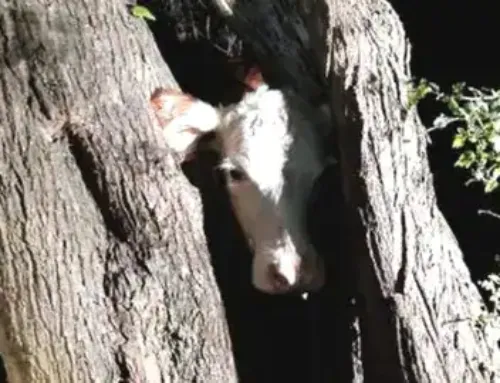 The Southeast Deer Study Group meets annually for researchers and managers to share the latest information on whitetail deer. The 2017 study just concluded last week in St. Louis, and here are a few of their findings:
The Southeast Deer Study Group meets annually for researchers and managers to share the latest information on whitetail deer. The 2017 study just concluded last week in St. Louis, and here are a few of their findings:
As always there was interesting new info on the whitetail rut. Researchers from Mississippi State’s Forest Resources revealed a study that shows when bucks of similar age and body weight are present and available, does in estrus prefer to breed with the buck with the largest antlers.
Another finding confirms why during peak rut you need to keep as many trail cameras rolling across your land as possible: Researchers at the Univ. of Georgia noted that you’ll get the most cam photos of mature bucks during peak breeding days.
There was new info on Southern whitetail herds, many of which were established from northern deer that were trucked in and stocked in parts of Dixie many years ago. This caught my interest, as I recently hunted the rut in late January in south Alabama.
Researchers from Miss. State studied dozens of herds in Alabama, Mississippi and Louisiana, and found that only 1 deer (from Alabama) showed a genetic link to its northern source (Michigan). While Southern deer have all Southern blood nowadays, they still rut more than 2 months later than northern deer in some parts of the South.
Researchers at the Univ. of Georgia have been studying whitetail vision for a couple of decades. Their latest finding: A deer’s eyes and vision are acutely adapted to detect movement at dawn and dusk, which makes perfect sense since those are the times when does and bucks are on their feet and moving the most.
Lastly, my favorite new finding that in no way will improve your hunting, but which is another of nature’s fascinating trivia: A wildlife student from Georgia was able to identify 28 unique fawns out of 1,454 trail camera images by their unique spot patterns on their little hides!







Interesting info. The genetics thing makes sense, although I would have thought there would still be more than 1 to show northern genetics.
Breeding with the largest antlers makes sense if body weight is similar. I wonder what criteria does go by, though? Does mass trump tine length to them? Is it all about main beams and width? Are there bonus points for kickers and stickers?